The Healing Powers of Evening Primrose Oil
Evening primrose (Oenothera biennis) is a plant with distinctive yellow flowers that bloom in the evening. Originally native to North and South America, it has spread widely and can now be found across Europe and parts of Asia. This biennial plant is known by various names including tree primrose, sun cups, sundrops, king's cure-all, fever plant, evening star, and night willow-herb.
Native Americans valued the mucilaginous stem and leaf juices of evening primrose for their soothing properties, often using them topically to alleviate skin inflammations.

Evening Primrose Oil:
Evening primrose oil (EPO) is derived from the seeds of this plant and is renowned for its high content of omega-6 fatty acids, particularly linoleic acid (70–74%) and gamma-linolenic acid (GLA) (8–10%). Alongside fatty acids, EPO also contains other beneficial compounds such as triterpenes, phenolic acids, and tocopherols (vitamin E).

How does Evening Primrose Oil work?
The main beneficial effects of EPO are attributed to its high content of GLA. GLA influences prostaglandin production, which plays a role in menstrual regulation and related symptoms. Additionally, EPO's anti-inflammatory properties help reduce inflammation in the body. Polyphenols present in EPO also contribute to its antioxidant and anti-inflammatory effects.

GLA is an omega-6 polyunsaturated fatty acid found in human milk and certain plant seed oils like blackcurrant and evening primrose. It is often taken as a dietary supplement due to its immune-modulating and anti-inflammatory effects. GLA is converted into dihomo-gamma-linolenic acid (DGLA) in the body, which is further metabolised into eicosanoids, crucial signalling molecules involved in inflammation, immune response, and various physiological processes.

Benefits of Evening primrose oil:
-
Reduces PMS (Premenstrual Syndrome):
During their menstrual cycles, women often have lower levels of certain fatty acids in their blood. The typical symptoms of PMS include irritable bowel syndrome, swollen breasts, feeling tired, heartburn, increased appetite, and skin problems. Taking gamma-linolenic acid (GLA) has been found to lessen the intensity and duration of PMS symptoms, leading to reduced irritability and better physical, mental, and social well-being.

-
Helps to reduce Hot flashes
Among 1,296 menopausal women in Sydney, evening primrose oil stood out as the preferred complementary and alternative medicine treatment. An impressive 66.3% of women reported its effectiveness in easing menopausal symptoms.
In a study lasting 6 weeks, both groups experienced enhancements in hot flash frequency, severity, and duration while taking 500mg evening primrose oil capsules. This suggests that evening primrose oil could be a helpful treatment choice for lessening hot flashes and enhancing the overall quality of life in menopausal women.

-
Improves atopic dermatitis:
Atopic dermatitis (AD) is linked to a lack of delta-6-desaturase, an enzyme needed to convert linoleic acid to gamma-linolenic acid (GLA). Evening primrose oil (EPO), which contains GLA, has been studied for its potential in managing AD. In a study involving patients with atopic eczema, those who took oral evening primrose oil experienced notable improvements. Specifically, they saw significant enhancements in overall severity and inflammation, as well as reductions in the percentage of body surface affected by eczema, dryness, and itchiness.

-
Helps to minimise Breast pain (Mastalgia):
Mastalgia, or breast pain, is a common issue for women and can really disrupt daily life. So, finding a treatment that works well is super important. Right now, the usual methods for managing mastalgia include things like wearing a supportive bra, using hot or cold packs, and taking pain relievers like acetaminophen or NSAIDs. Evening primrose oil (EPO) is as effective as pain relievers but didn't cause any extra side effects like nausea, bloating, or headaches, and it was safe to use.
Research studies have shown that daily doses of vitamin E with evening primrose oil, or a combination of vitamin E and EPO at these same dosages taken for six months may decrease the severity of cyclical mastalgia.

-
Nourishes the skin:
Many studies demonstrated significant improvements in various skin parameters after treatment with evening primrose oil, including skin moisture, TEWL(transepidermal water loss), elasticity, firmness, fatigue resistance and roughness. This proves the importance of gamma linoleic acid (GLA) as a conditionally essential fatty acid for skin health.

Dosage: How much Evening Primrose Oil should we take?
The Food and Drug Administration (FDA) doesn't oversee supplements like they do with drugs, so there aren't universal rules for how to use evening primrose oil.
Evening primrose oil is available in capsule, liquid or tablet form. Generally, it is safe for adults. There's no set dose recommended. In research studies, doses varied from 260 milligrams to 520 milligrams per day.
Since there isn’t enough research to prove its safety, evening primrose should not be given to children or older adults without first asking a healthcare provider.
Interactions, effects, and contraindications of Evening Primrose oil:
-
Evening Primrose Oil (EPO) is generally well tolerated, but some people may experience minor side effects like stomach upset, headaches, or changes in bowel movements.
-
Evening primrose oil should be avoided when taking certain medications for schizophrenia.
-
The safety of taking essential fatty acid (EFA) supplements like EPO during pregnancy and breastfeeding is not fully understood, so it's not recommended.
-
Evening primrose oil may increase the effects of the HIV medicine lopinavir.
-
EPO might increase the risk of bleeding, particularly if combined with other blood-thinning medications (e.g., warfarin).
Take away:
Evening Primrose Oil (EPO) from Origins Nutra targets the root cause of PMS by addressing hormonal imbalances and reducing inflammation. Its gamma-linolenic acid (GLA) content supports hormonal balance by influencing prostaglandin production, crucial for menstrual regulation and related symptoms.
Additionally, EPO nourishes the skin from within, promoting ongoing skin health with its rich content of essential fatty acids, including GLA. It strengthens cell membranes, maintains skin integrity and elasticity, and reduces chronic skin inflammation, leading to long-term improvements in conditions like eczema and psoriasis. Incorporating evening primrose oil with Vitamin E into a regular skincare routine can offer lasting benefits for healthier, more radiant skin.
References:
https://pubmed.ncbi.nlm.nih.gov/20359269/https://digitalcommons.tamusa.edu/cgi/viewcontent.cgi?article=1003&context=health_faculty
https://www.sciencedirect.com/topics/neuroscience/primrose-oil
https://synapse.koreamed.org/upload/synapsedata/pdfdata/3165jmm/jmm-25-74.pdf
https://www.ncbi.nlm.nih.gov/pmc/articles/PMC6029968/
https://www.ncbi.nlm.nih.gov/pmc/articles/PMC4975646/
https://www.ncbi.nlm.nih.gov/pmc/articles/PMC8296106/
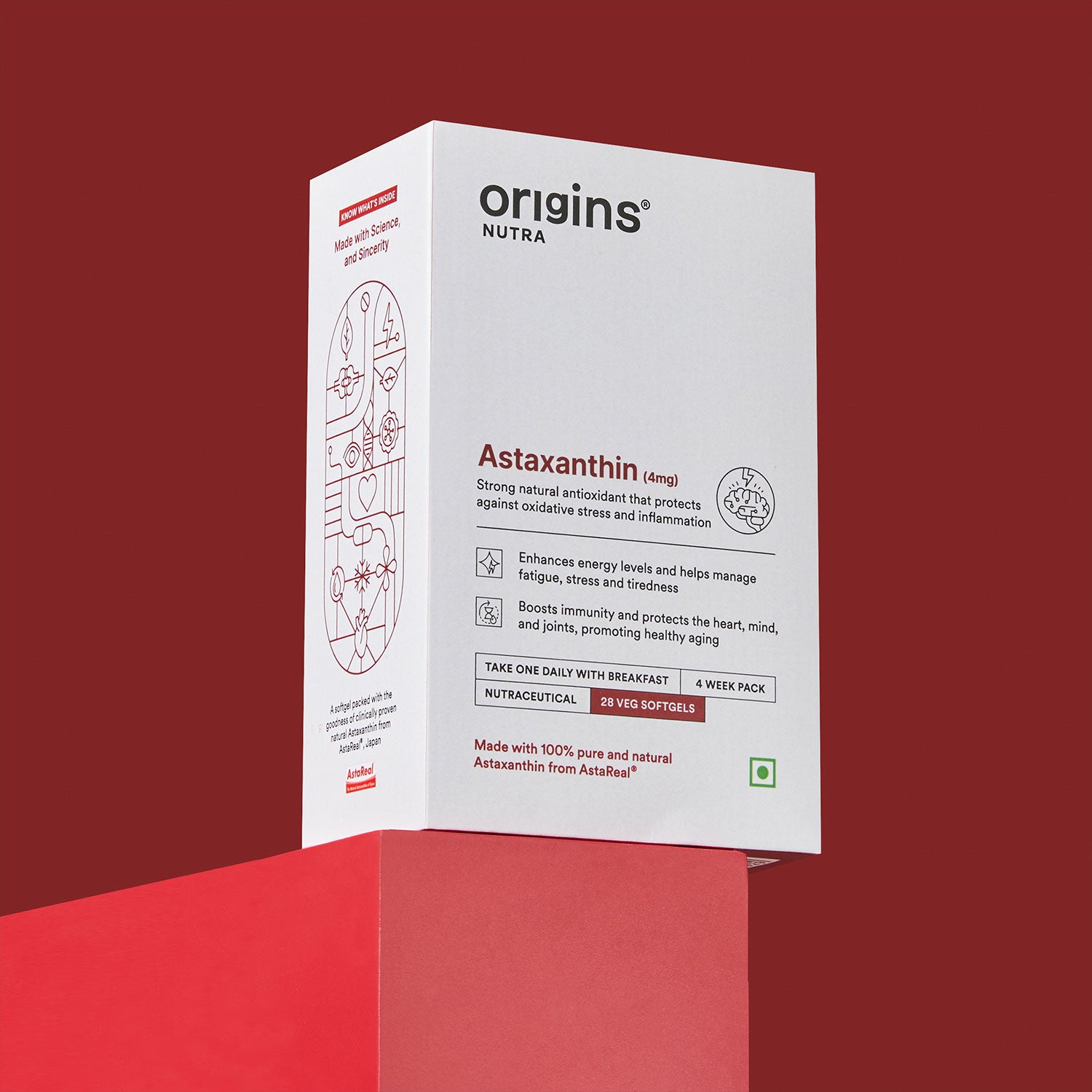
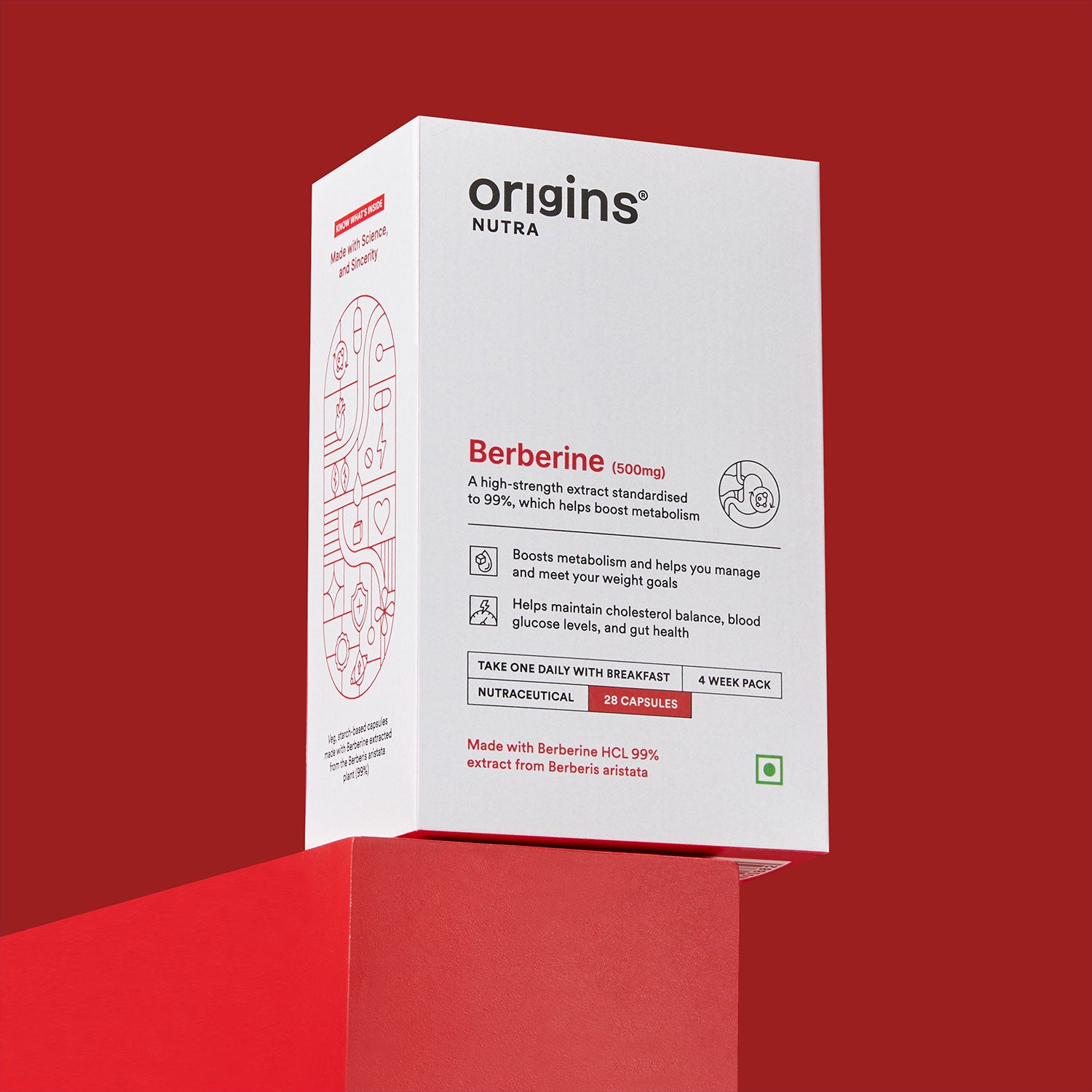
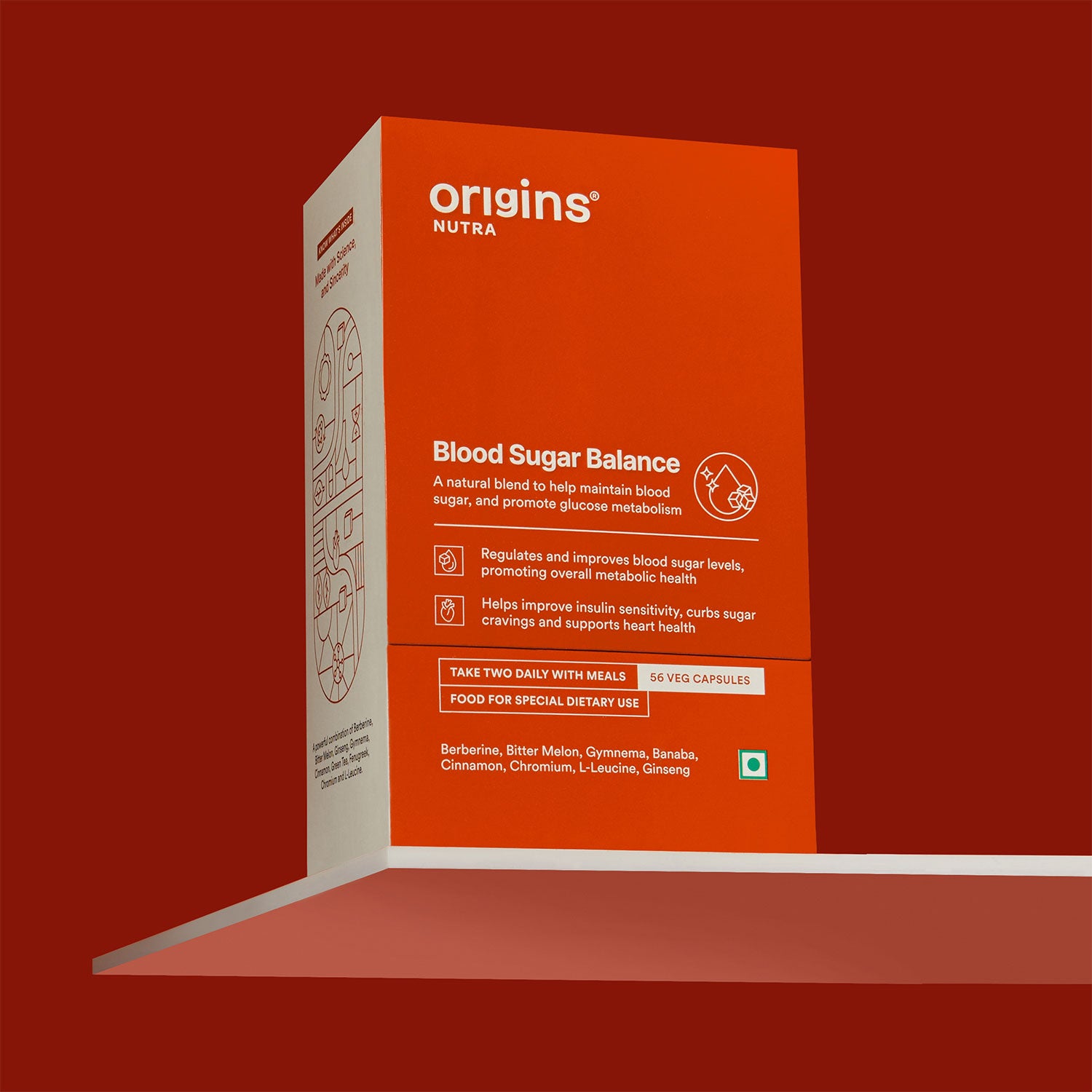
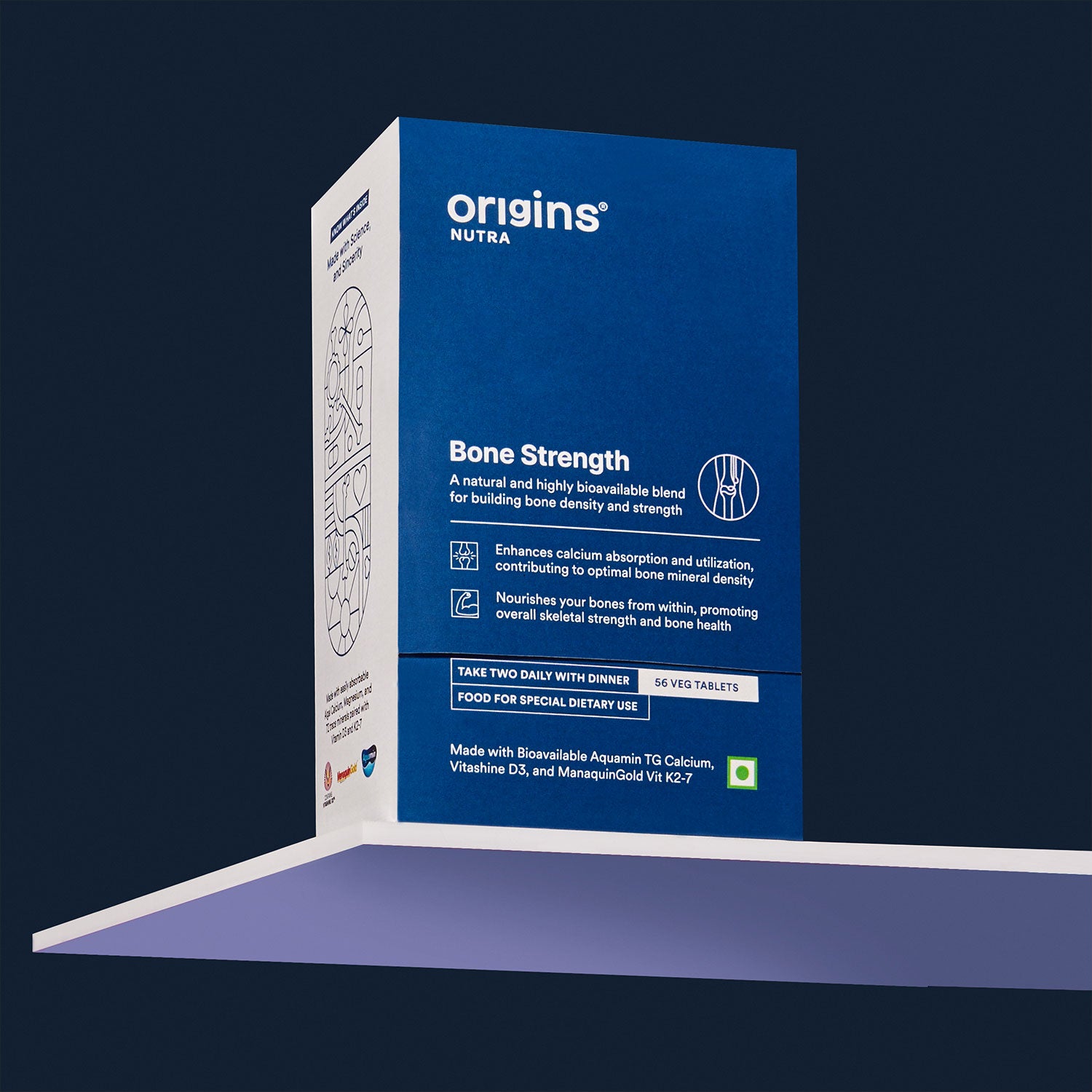
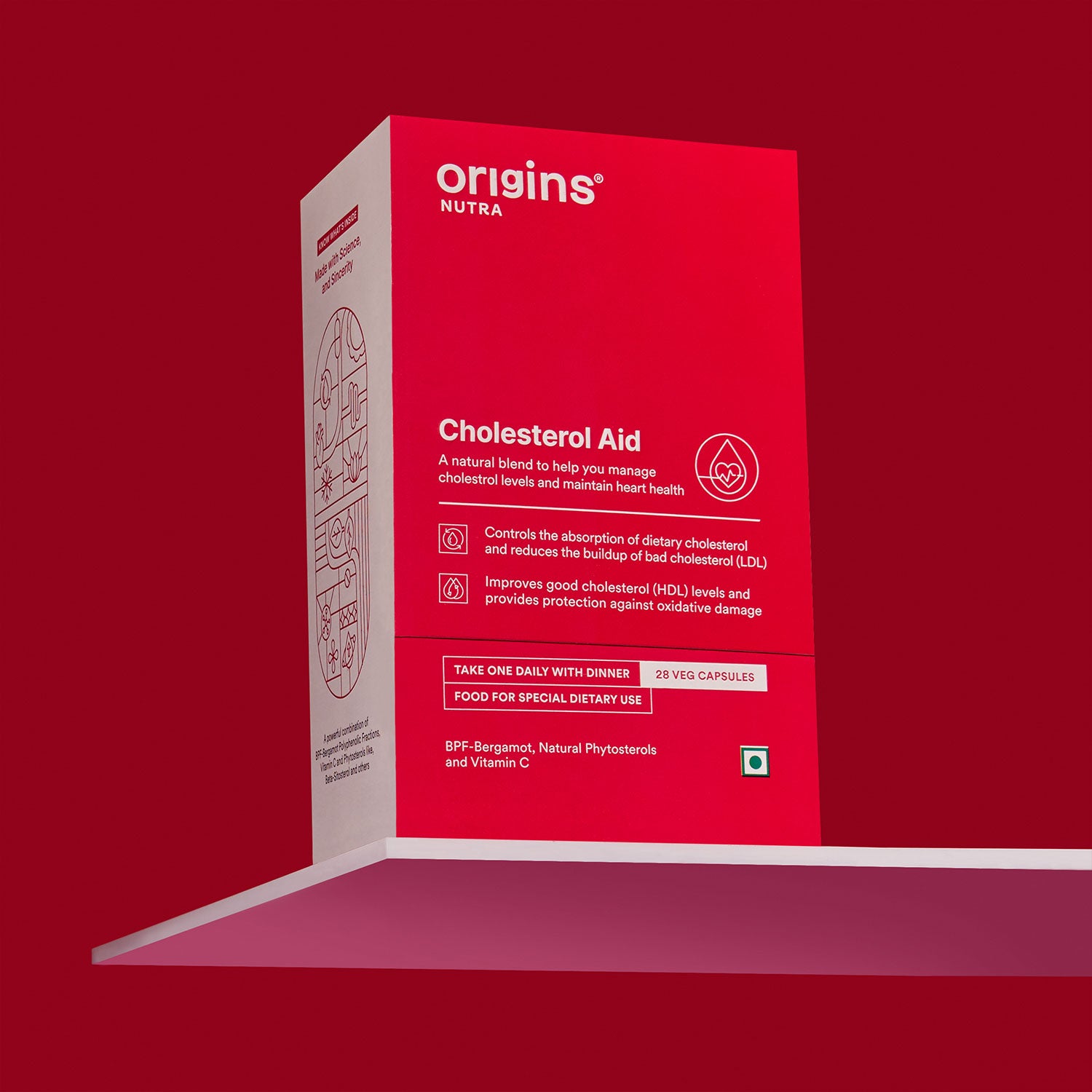
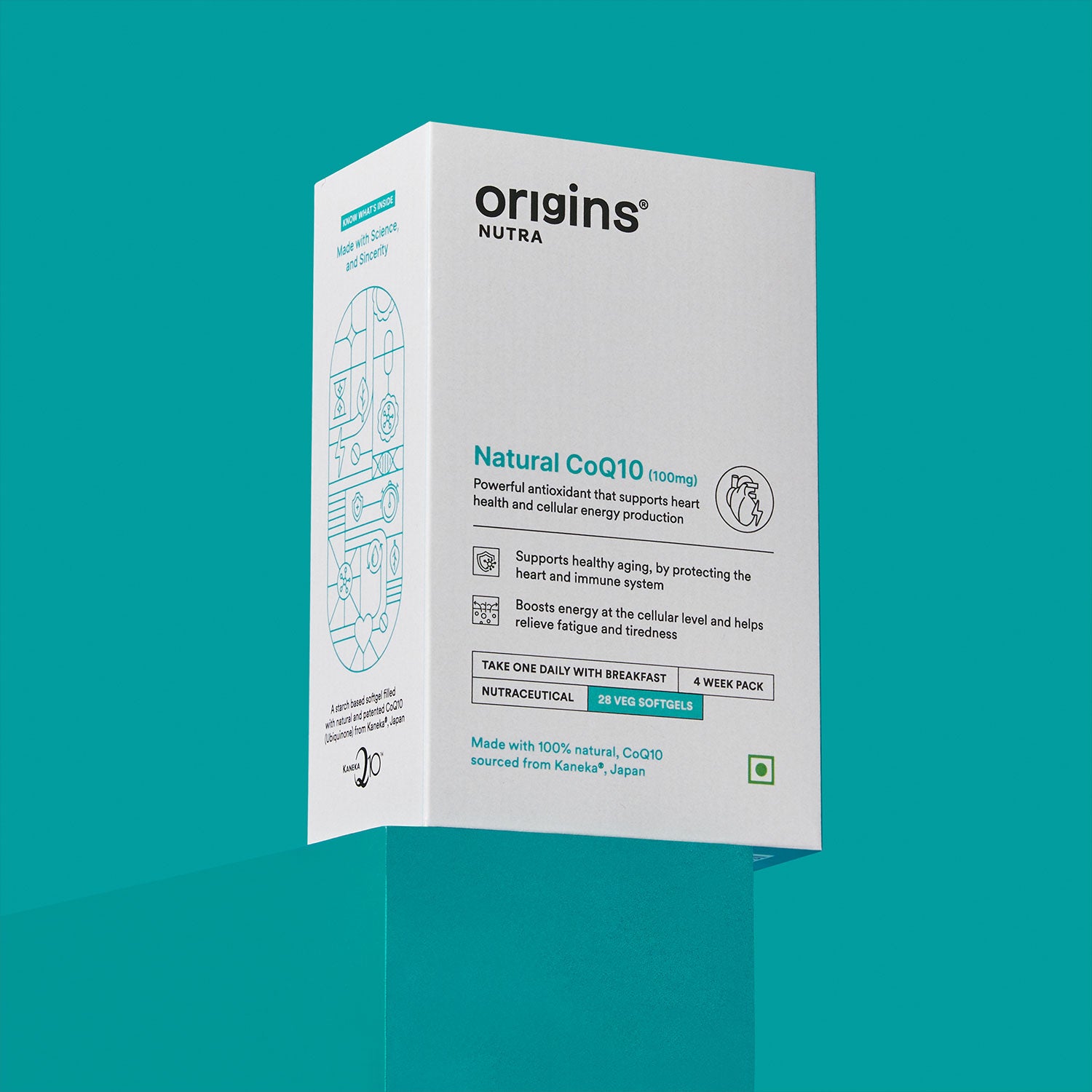
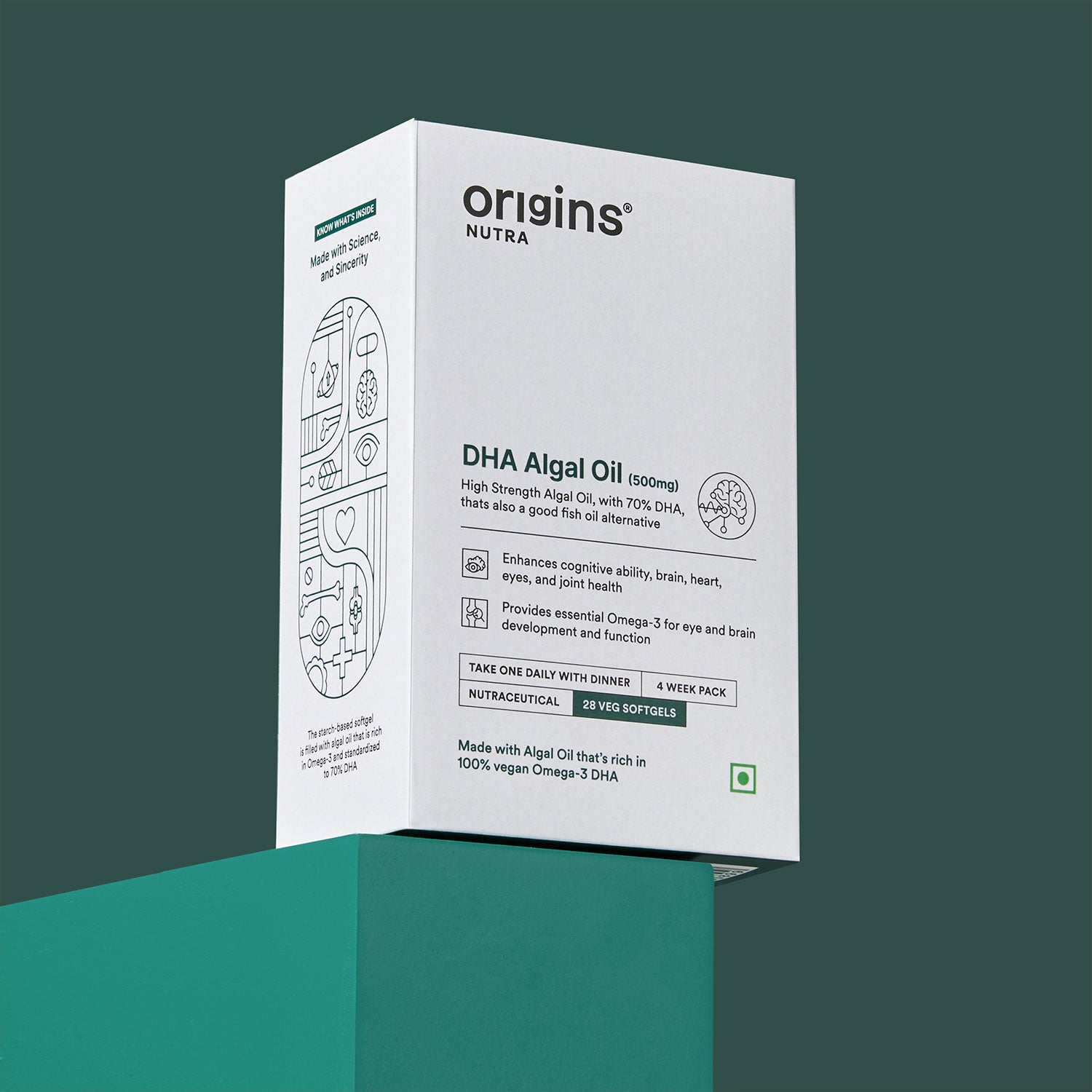
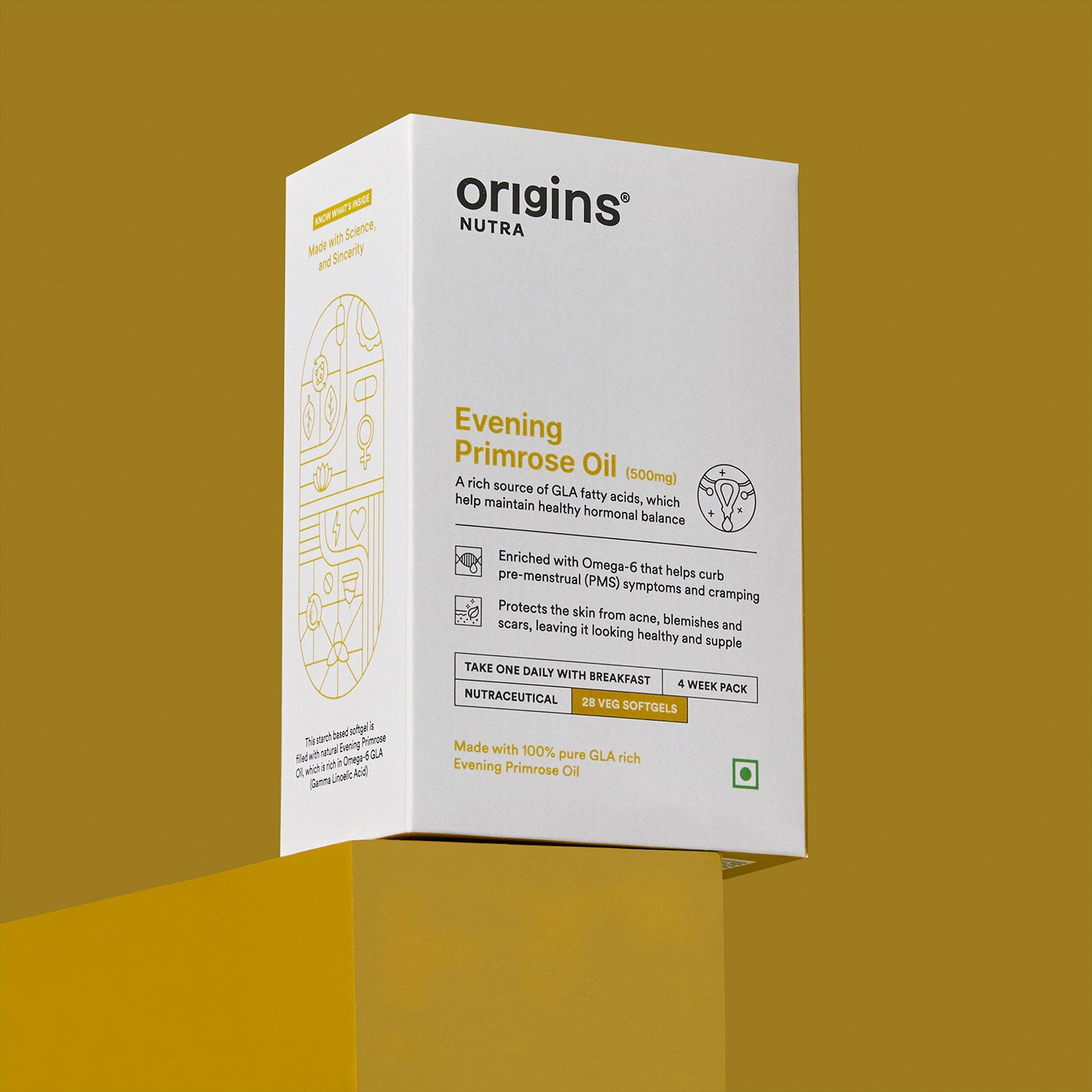
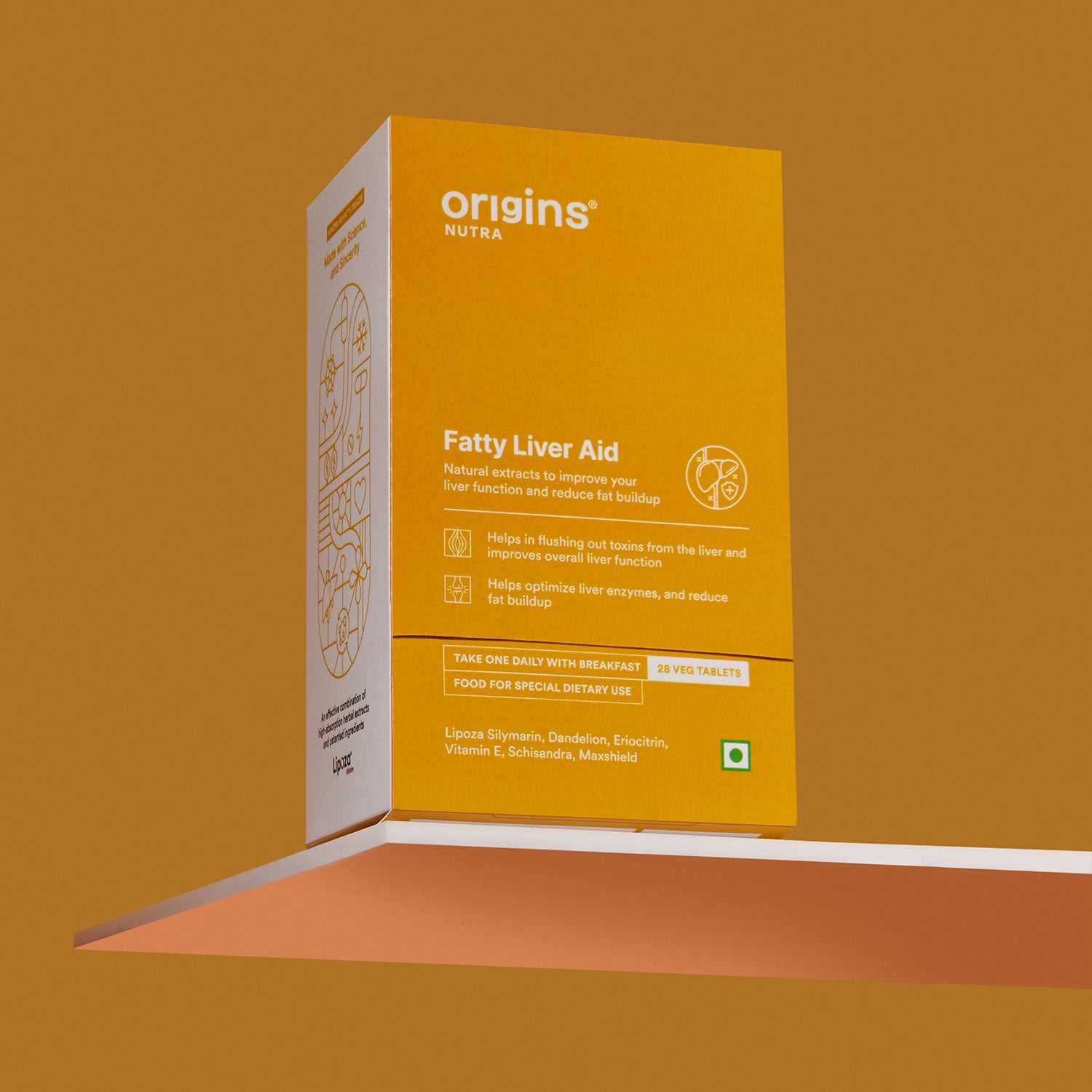
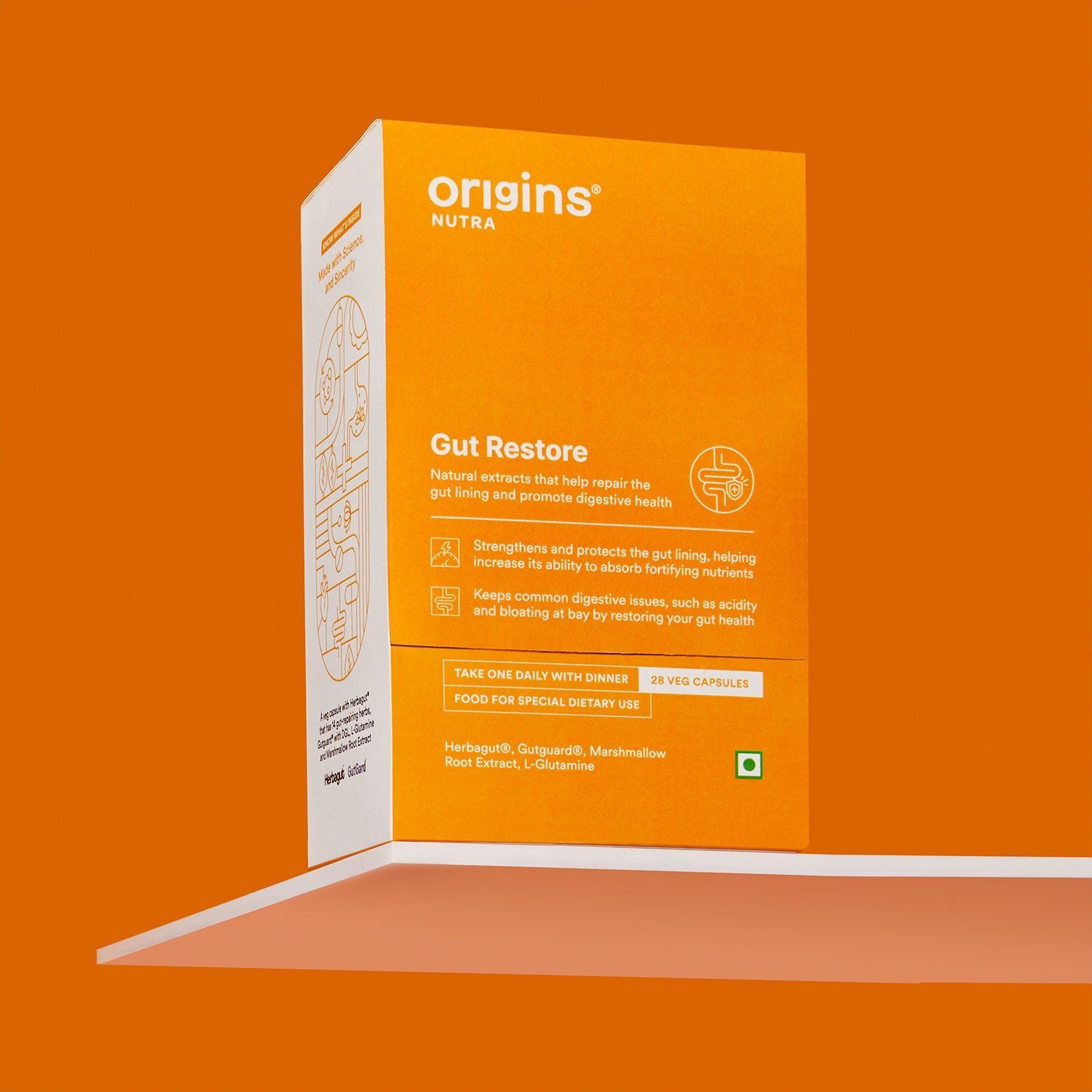
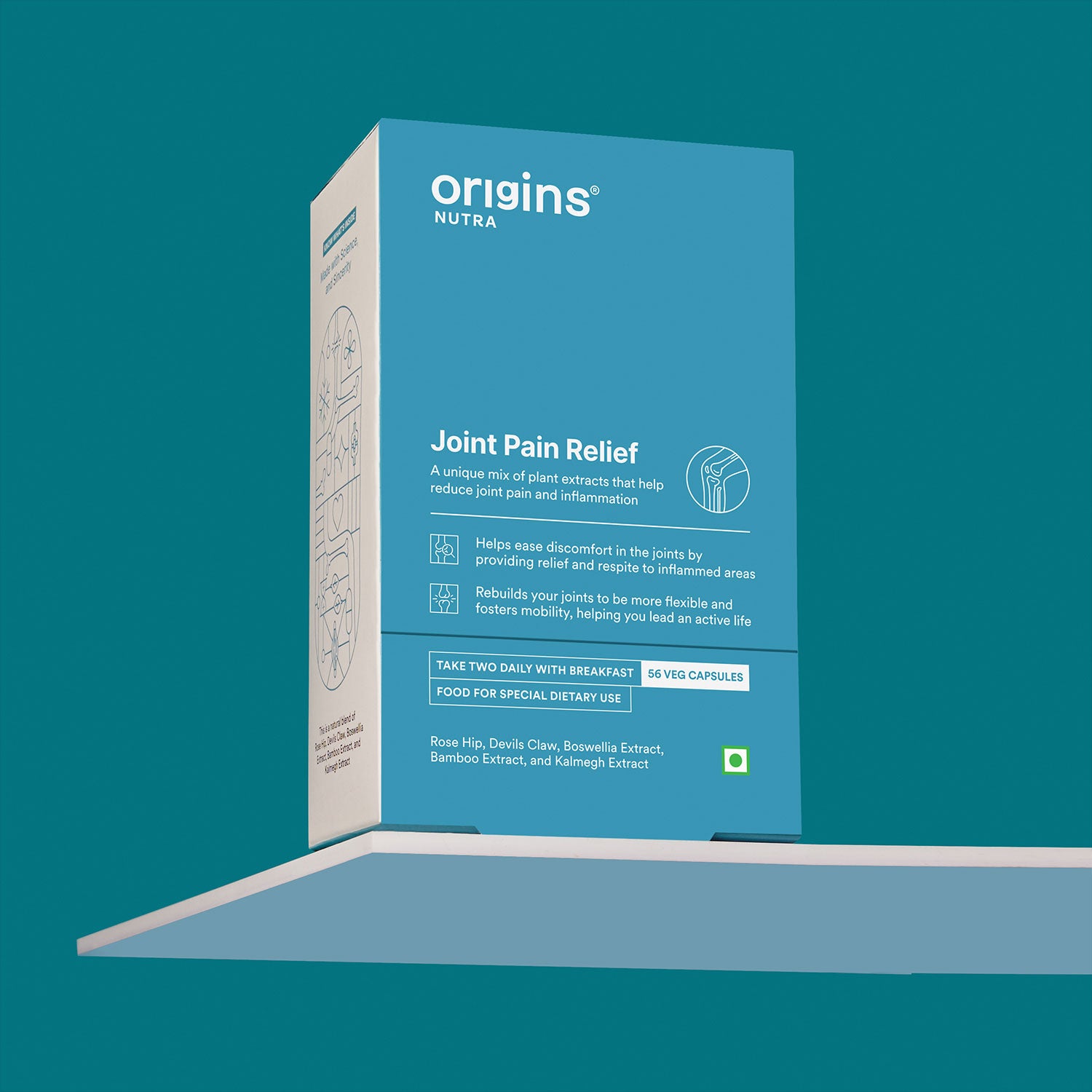
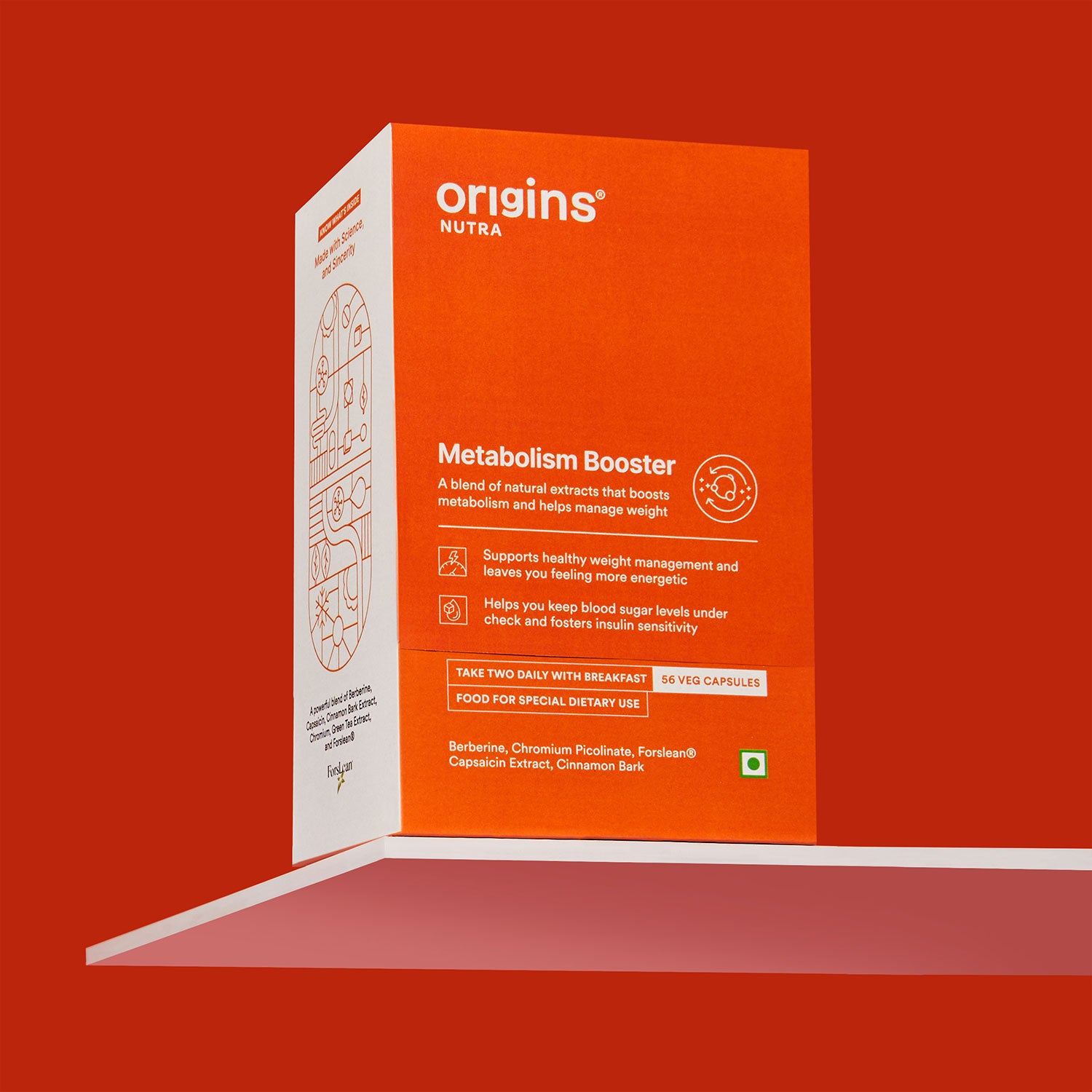
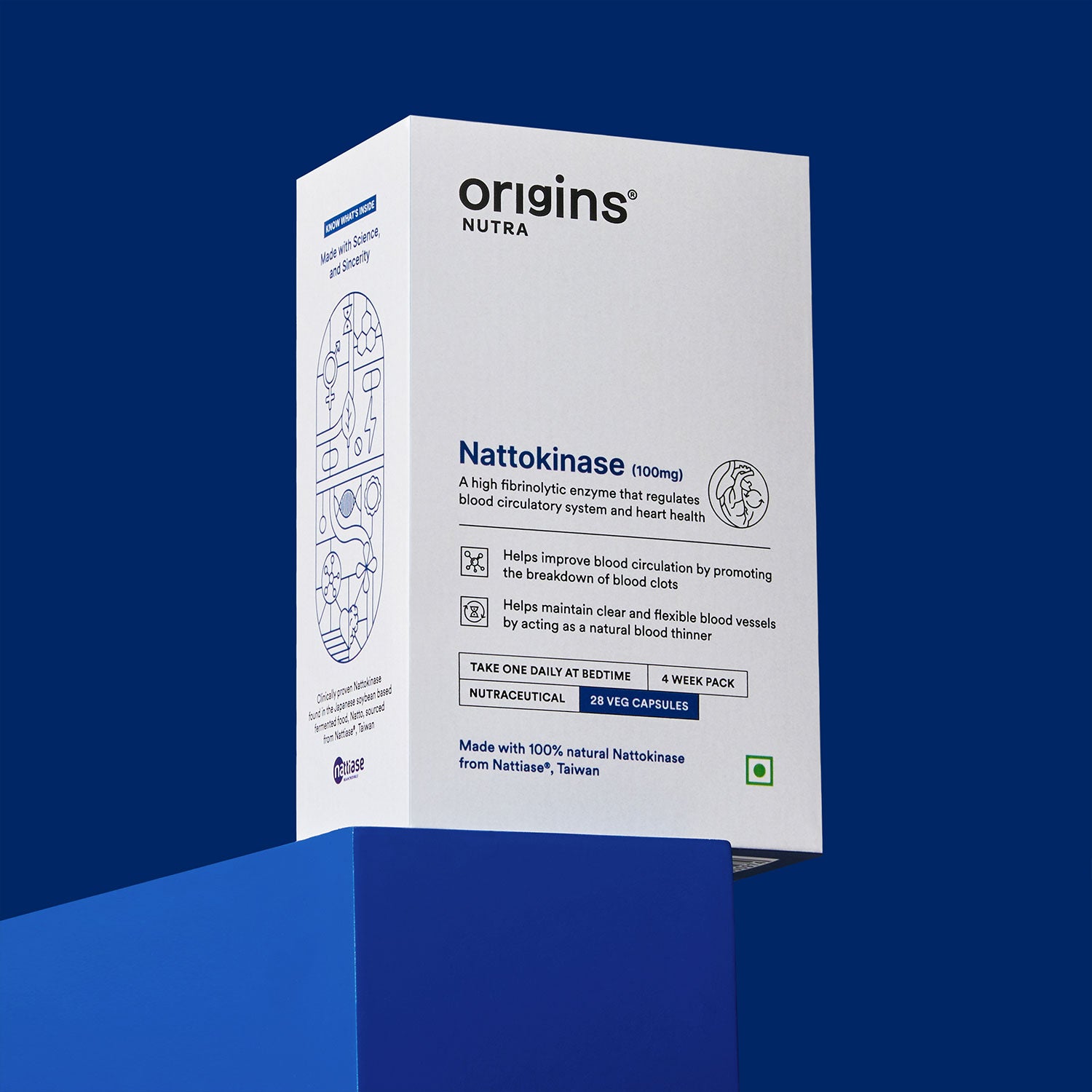
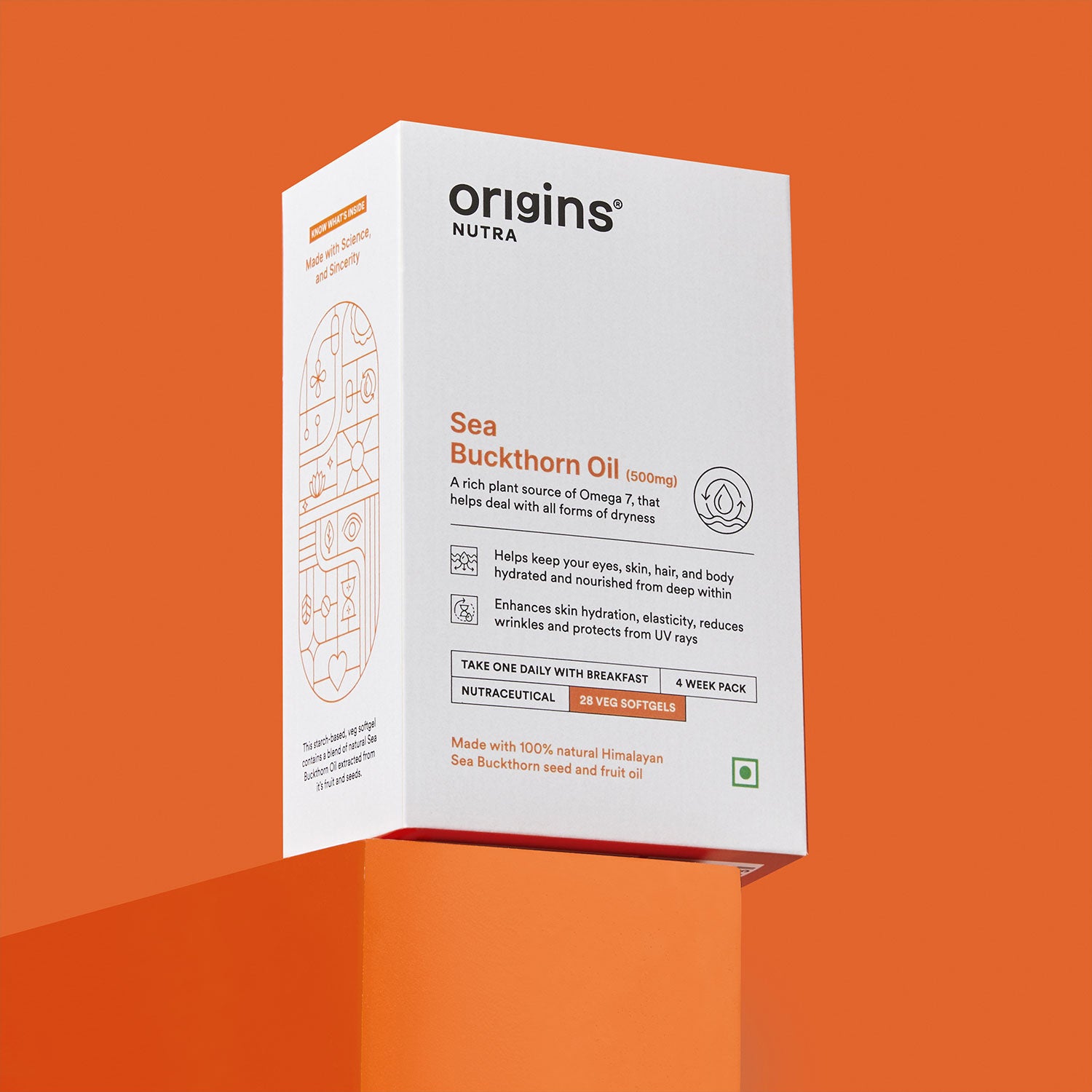
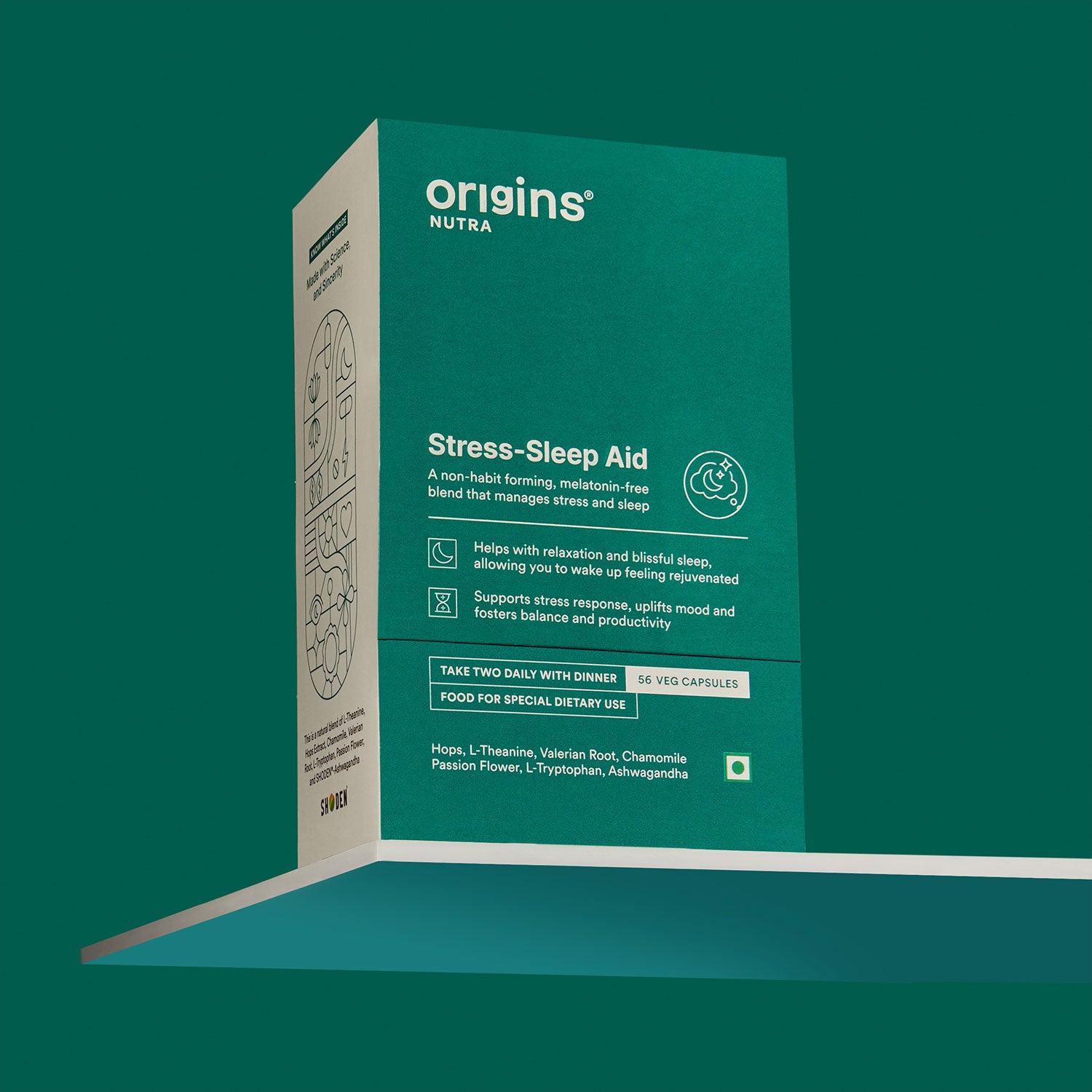
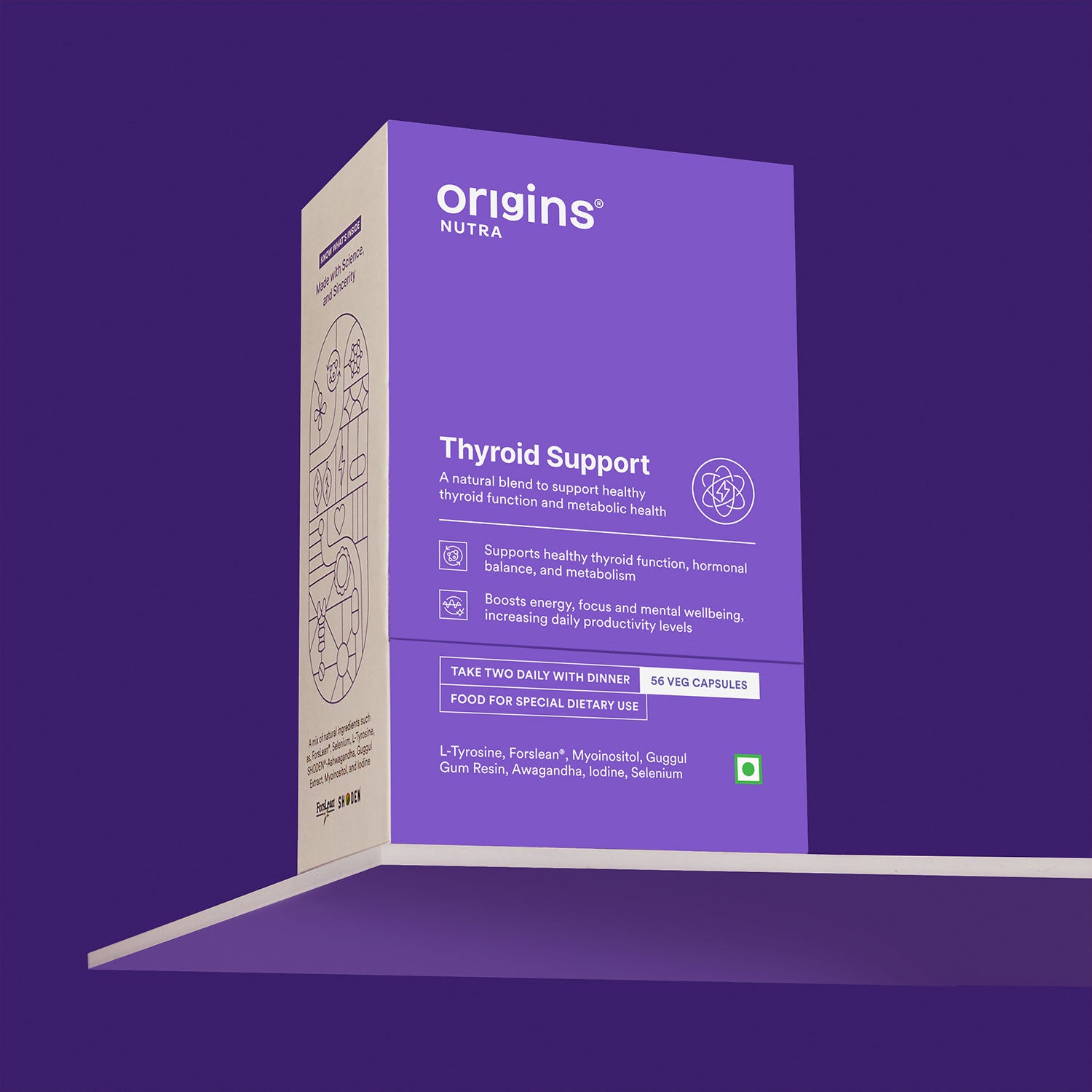
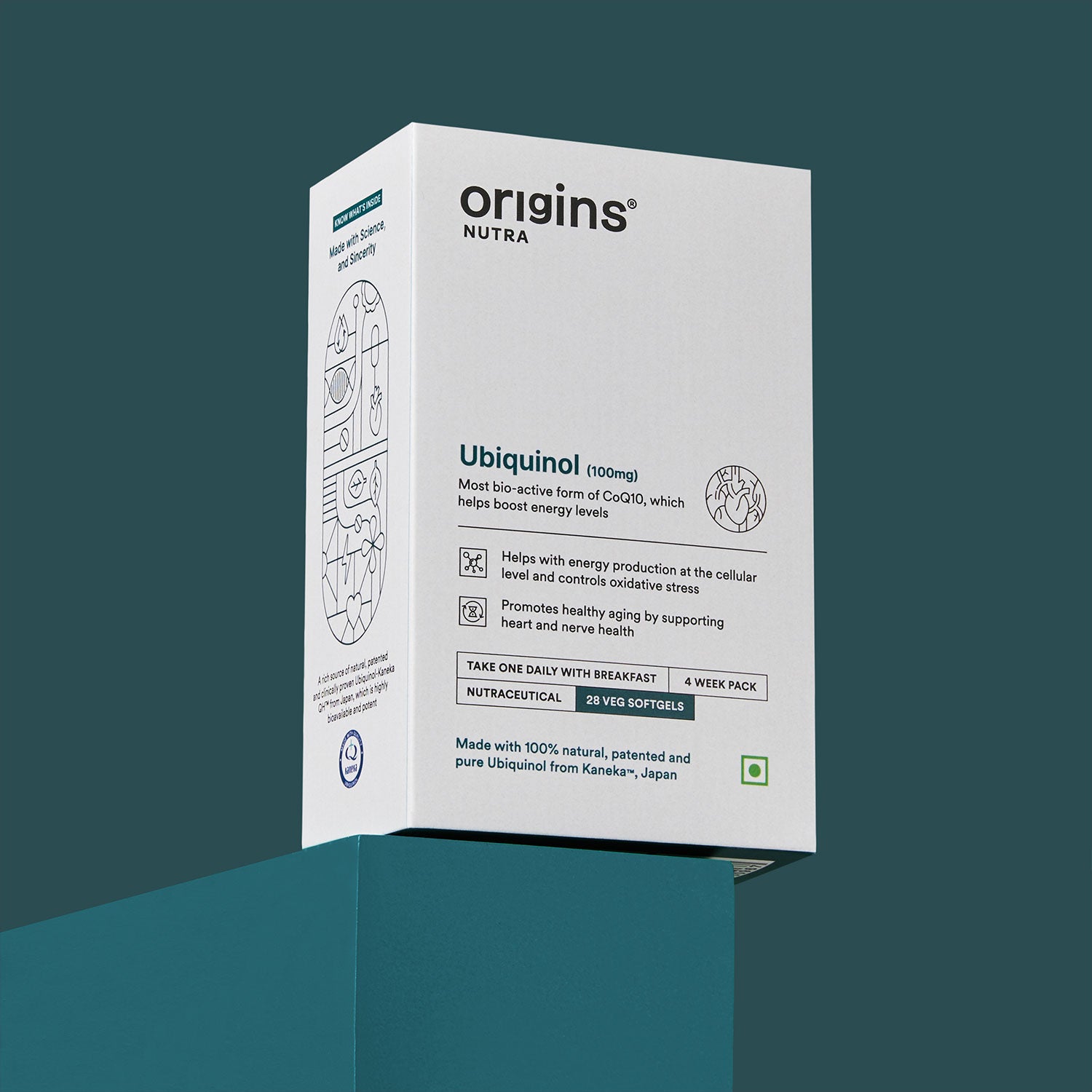


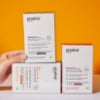



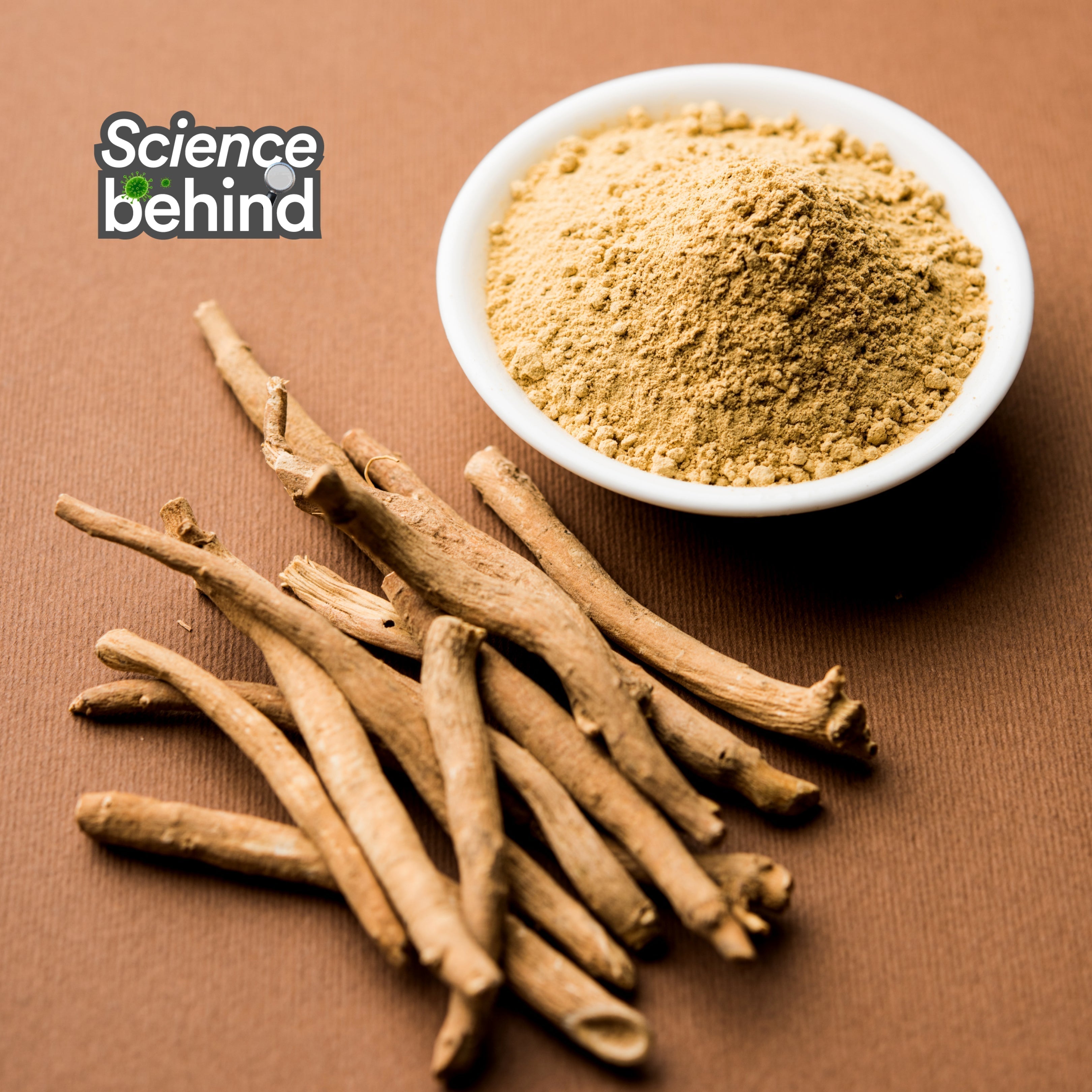



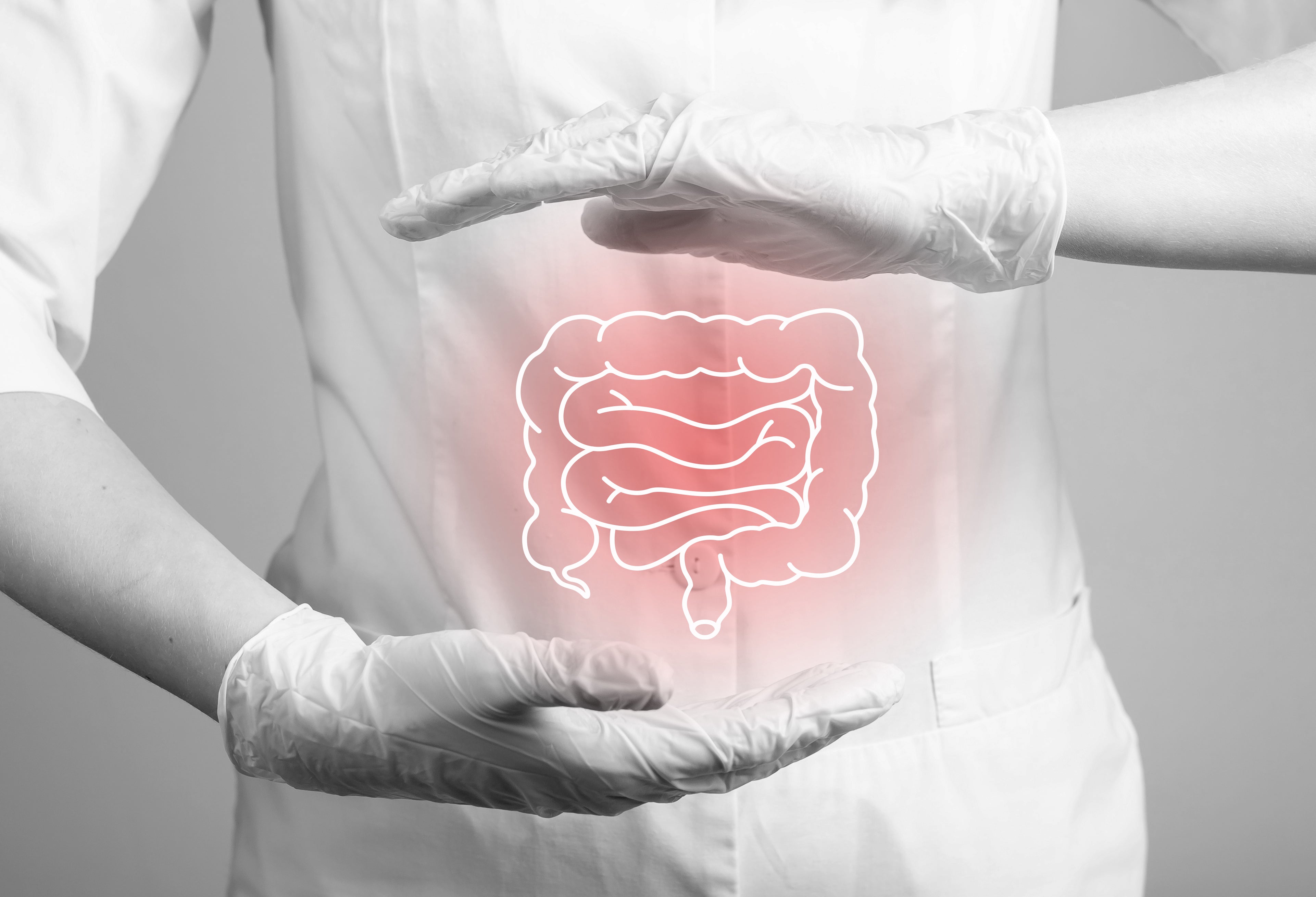
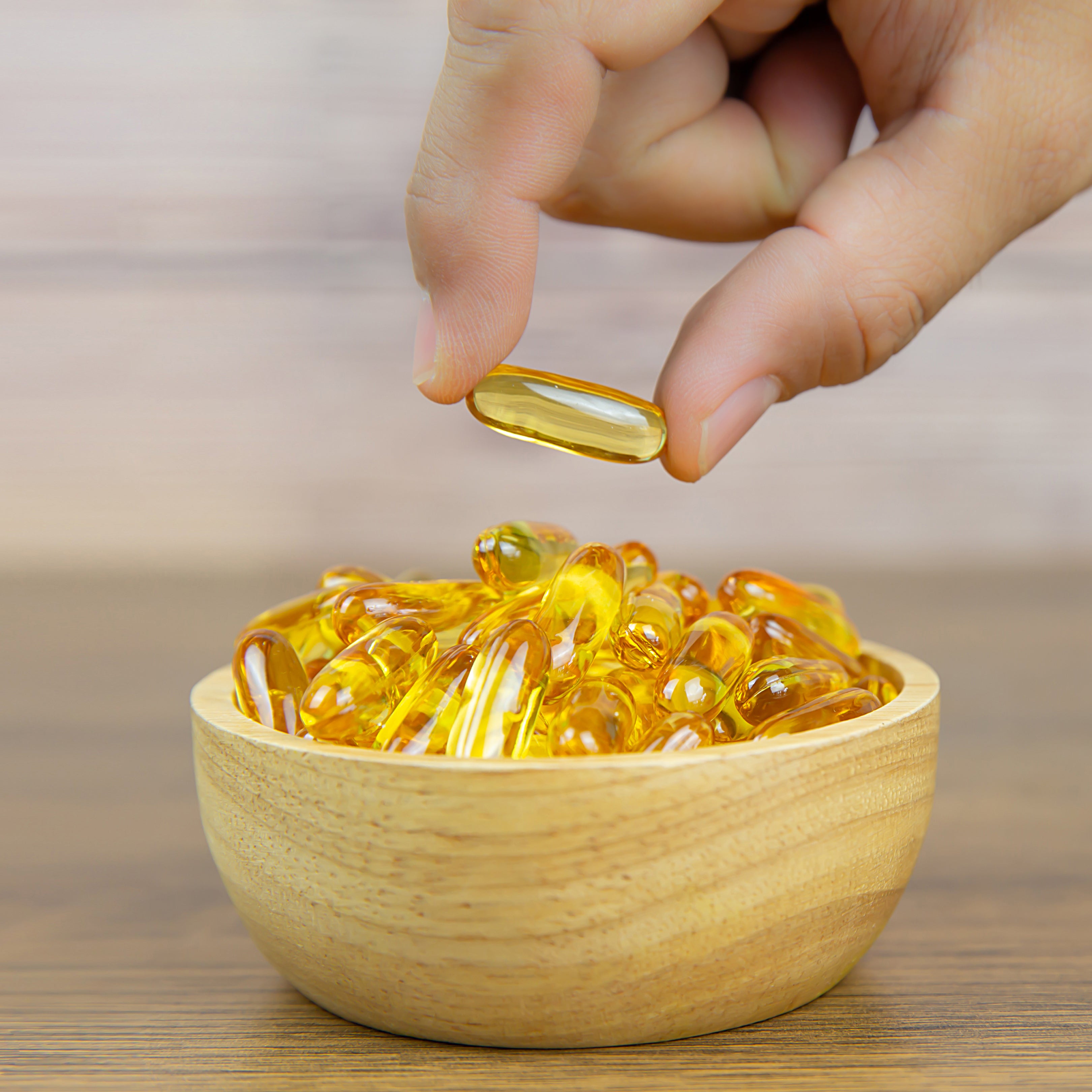


Leave a comment